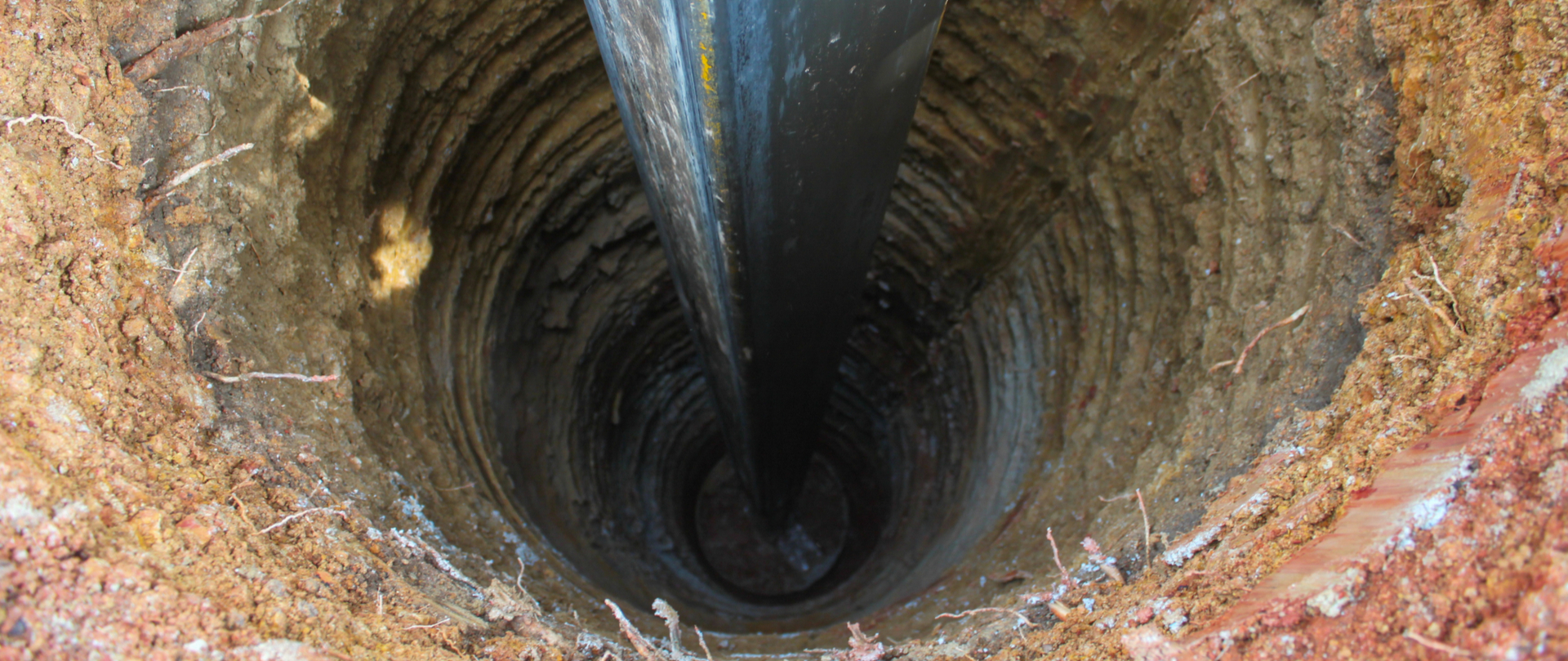- Products
- Markets & Applications
- Service & Support
- About
- News & Events
- Find a Distributor
- Contact Us
- language Select Region
To reverse any damage caused by water involves three phases: mitigation, remediation and restoration. Many property owners are familiar with water restoration, as it involves returning materials to their original condition.
The water remediation phase differs as it involves cleaning, drying, sanitizing and repairing, and it is essentially the bridge between the mitigation and restoration phases. The remediation phase is arguably the most integral part of the transition between the other two stages.
Mitigation is a type of emergency response to water damage cleanup. In short, water mitigation prevents the damage from spreading. In addition to this, it helps to minimize any secondary damages that may occur; for example, moldy drywall or floors.
Commercial water damage restoration differs from this as it focuses on the cleanup and repairs before the restoration phase. This process ensures that the environment is dry and sanitary once again before restoring the site to its original condition.

Water extraction relies on pumps and vacuums to remove water. The level of water damage will determine which methods are used to extract water. For example, drywall and carpet can absorb water, which will create mould; therefore, in that instance, the materials will need to be replaced.
A few examples of equipment that water technicians may use are:
Why monitor and analyze the water I produce
Purifying the water used within your organization reduces waste, it’s more efficient and helps the environment.
What Benefits Will I Get?
With a water treatment system, you can decrease your operating costs and find residual materials which could be utilized.
Groundwater remediation is the process that is used to treat polluted groundwater by removing and treating the pollutants or converting them into harmless products. Groundwater is water present below the grounds surface that saturates the pore space in the subsurface. Globally, between 25 per cent and 40 per cent of the world's drinking water is drawn from boreholes and dug wells. Groundwater is also used by farmers to irrigate crops and by industries to produce everyday goods. Most groundwater is clean, but groundwater can become polluted or contaminated as a result of human activities, or natural conditions
This allows the water to be used for beneficial purposes, such as drinking water and crop irrigation. Water is essential for life; preserving this valuable resource is a necessity.
You design a process and utilize equipment that cleans the contaminated groundwater. Contact QED or use our on-line process model to see how our engineered products can treat your groundwater contaminants.
Groundwater remediation is the process that is used to treat polluted groundwater by removing and treating the pollutants or converting them into harmless products. Groundwater is water present below the grounds surface that saturates the pore space in the subsurface. Globally, between 25 per cent and 40 per cent of the world's drinking water is drawn from boreholes and dug wells. Groundwater is also used by farmers to irrigate crops and by industries to produce everyday goods. Most groundwater is clean, but groundwater can become polluted or contaminated as a result of human activities, or natural conditions
This allows the water to be used for beneficial purposes, such as drinking water and crop irrigation. Water is essential for life; preserving this valuable resource is a necessity.
You design a process and utilize equipment that cleans the contaminated groundwater. Contact QED or use our on-line process model to see how our engineered products can treat your groundwater contaminants.